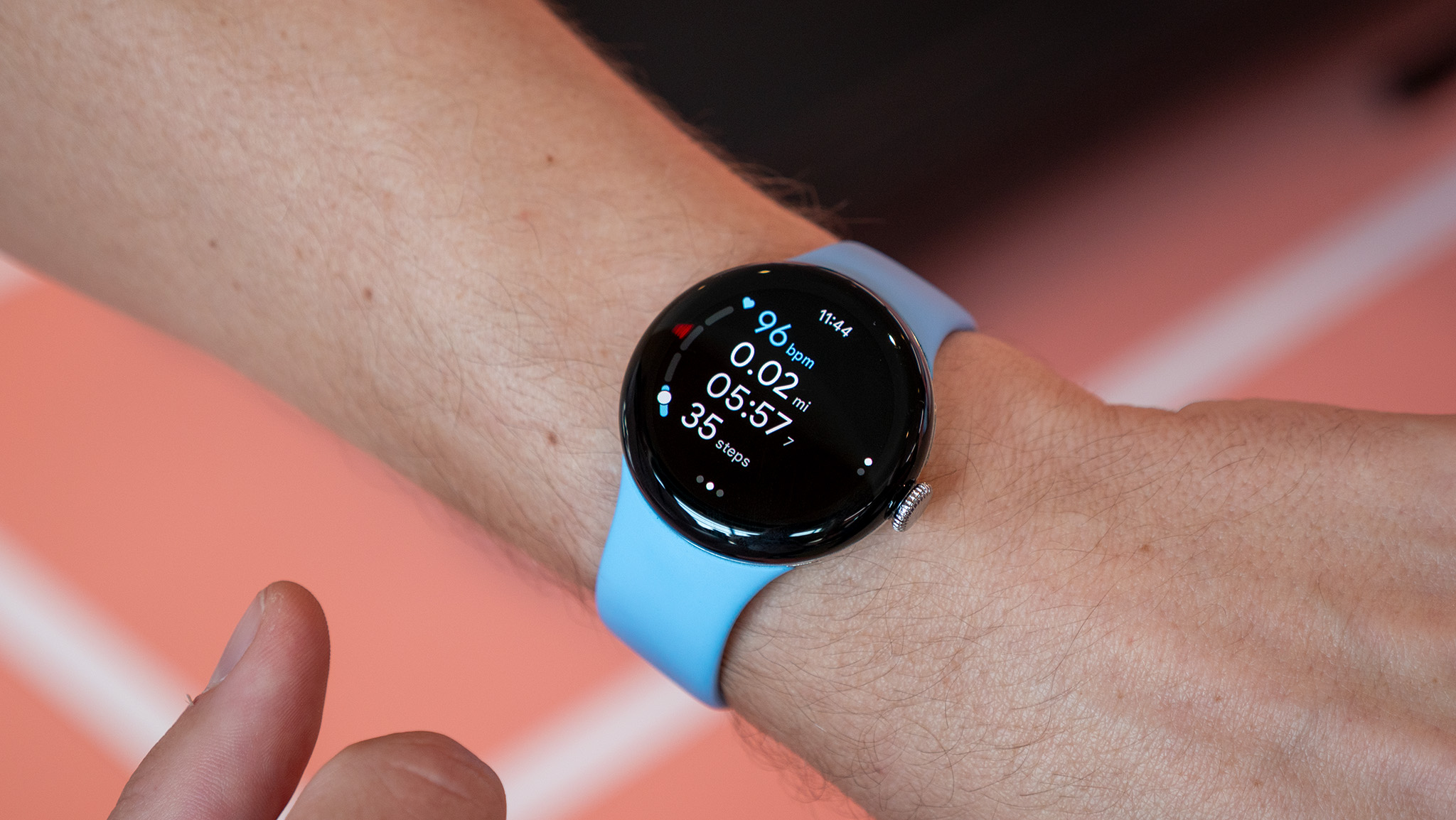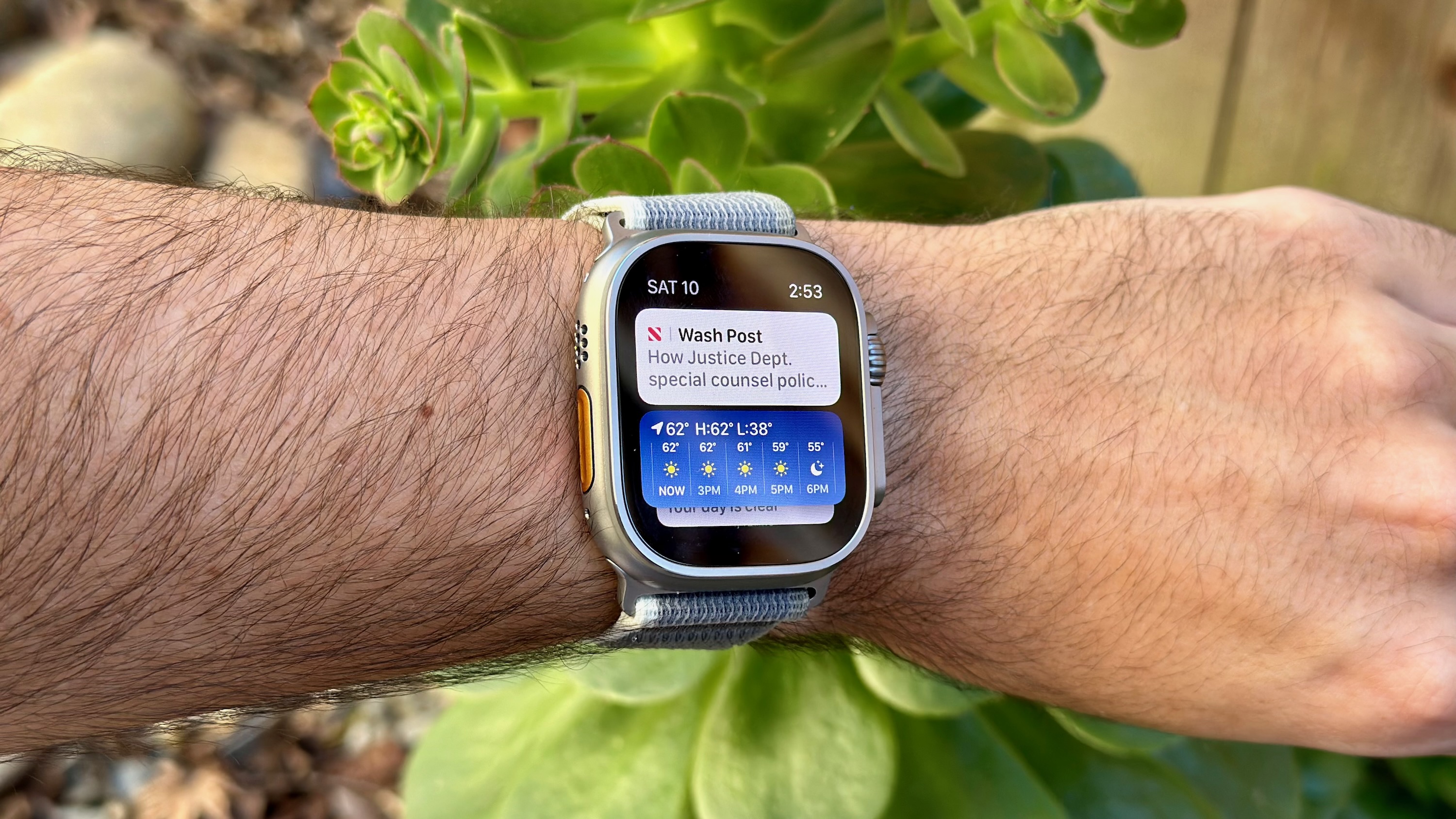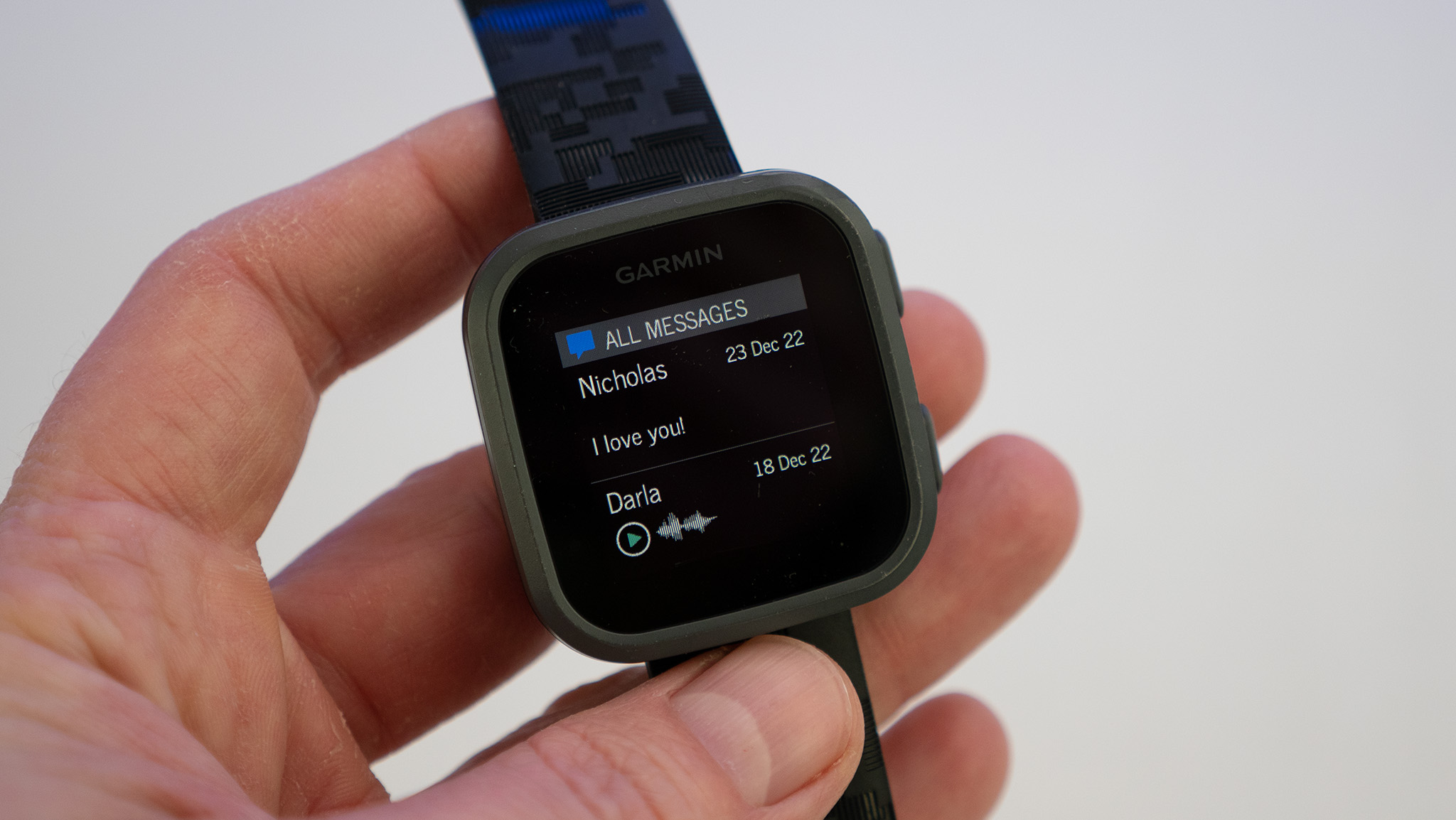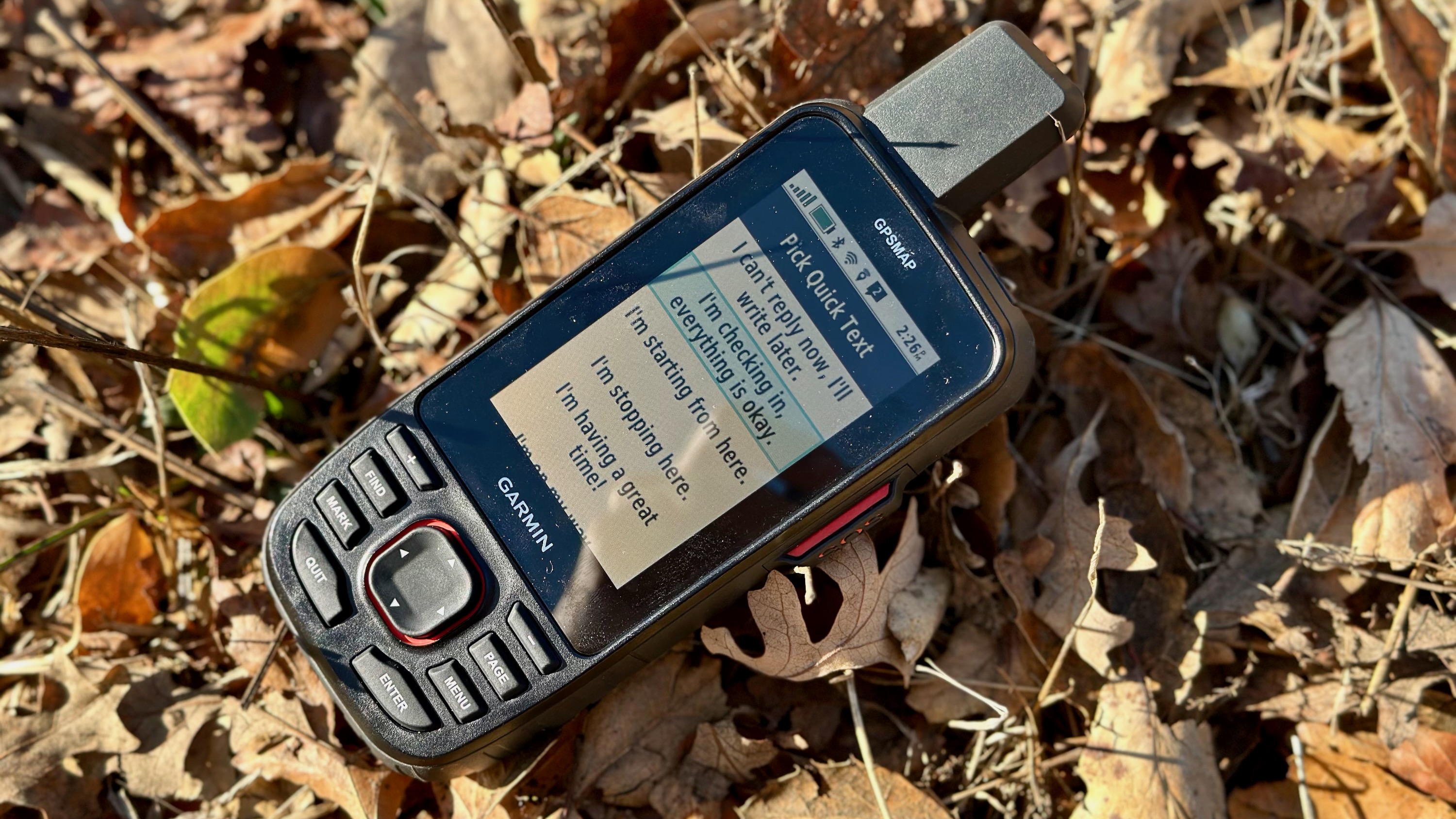I used to think I wanted an LTE smartwatch. Now I know better
Plenty of athletes love LTE smartwatches. But they're fated to stay a niche product, the same way satellite phones are.


In this weekly column, Android Central Wearables Editor Michael Hicks talks about the world of wearables, apps, and fitness tech related to running and health, in his quest to get faster and more fit.
I've tested a few smartwatches with LTE over the years: the Garmin Forerunner 945 LTE, Apple Watch Ultra 2, and Pixel Watch 2 LTE. The concept of leaving my phone behind and running free with an on-wrist backup used to tempt me. But my cellular watch experiment made me realize it's not for me.
You'll find dozens of forums and Reddit threads for Apple, Samsung, Google, and Garmin users that are all variations on the same question: Should I buy (or do I need) an LTE smartwatch? Invariably, you'll get passionate and logical answers for both "yes" and "no."
Some people describe the joy they feel of shedding the weight of their massive Ultra or Pro Max phones during runs without losing access to emergency calls and text notifications. They say the call quality isn't too much different from that of their phones and mention how they love to stream playlists or check directions without anything in their pockets.
You get just as many people saying they never go anywhere without their phone — making an LTE watch superfluous—and that a watch display is too small to replace a phone's comfortably when they'd rather use the real thing.
Others explain that they bought an LTE watch but ended up canceling the extra line—either because their carrier charged way too much in hidden fees or because they realized how rarely they used it. And I've heard horror stories from AC writers about LTE smartwatches overheating.

My first LTE watch was the Forerunner 945 LTE, part of a care package of Android watches and phones from my EIC in my early days at Android Central. I liked its running metrics, but I never tested the cellular tech. Its safety features, like LiveTrack, felt superfluous when I rarely strayed far from home on runs, and it didn't have the mic, speaker, or texting features to make it feel worthwhile.
Since then, aside from the Garmin Bounce for kids, Garmin hasn't released another LTE watch, despite users clamoring for a cellular version of the Venu 3 or Fenix 7. Perhaps the 945 LTE didn't sell well enough for Garmin to be confident in the tech, or else the company knows the Garmin Messenger app isn't popular enough for its iPhone-owning fans to pay for LTE.
Get the latest news from Android Central, your trusted companion in the world of Android
More likely, Garmin wants to double down on satellite tech like InReach Messenger since Garmin has responded to over 10,000 SOSs across 100+ countries. Satellite fits more with its brand than cellular, which can't be counted on in areas where serious athletes or adventurers might train.

Back to LTE watches: During my months-long Apple Watch Ultra 2 review, I did my due diligence, setting up an expensive cellular line. If ever there was a "standalone" smartwatch that would let me leave my phone behind, I thought that would be it.
I wasn't wrong! It works perfectly well sans my iPhone 14 Pro. I answered calls and streamed music over AirPods Pros, tapped out texts, glanced at notifications, and enjoyed the lack of weight in my pocket. I could certainly see the appeal of cellular.
The next time I went running, I kept my phone with me because my combination of dual-band GPS, Apple Music, and cellular use had burned through my watch's battery life like nobody's business.
I prioritize long battery life when picking my favorite watches; daily-charge watches like an Apple or Pixel Watch already feel like a compromise, and LTE usage only makes that worse. You can put LTE on a fitness watch with better battery life, but you'll lose the apps and messaging that make cellular worth paying for.
Add in the fact that my carrier (AT&T) would charge me about $180 a year for my Ultra 2 line when you add in fees and taxes, and you shouldn't be surprised that my LTE experiment ended prematurely.

I recently got my hands on the Pixel Watch 2 LTE, and I'm excited to put it through its paces, but I'm not going to turn on the cellular function this time.
LTE has its uses, especially on kids' smartwatches. Some brands have built-in cellular so you can avoid giving your child a phone too young; others have geo-locked alerts that notify you if your kid leaves a safe zone like home or school. Either way, LTE is essential in this specific use case.
However, for adult use, an LTE smartwatch is nothing but a diet smartphone. I like the idea of having an on-demand backup for emergencies, but it's hard to convince myself to fit cellular into my budget when I can just be careful and keep my smartphone on hand and fully charged.

As an athlete, satellite would be more useful to me in a remote emergency. And even that feels like something that sounds great on paper, but very few people will buy into it—just like LTE.
Apple made a splash with satellite emergency features on iPhones, prompting Qualcomm to sell Iridium satellite tech to eager Android brands. But this push died quickly once Qualcomm and friends realized that most people don't want to pay for satellite.
Satellite on iPhones—just like LTE on watches—burns through battery life quickly and will cost about $180/year once Apple's free trial ends. People like having that emergency SOS option, but once they have to pay for it preemptively? Usage will drop off to the ultra-prepared and those who live in remote areas.
I'd want satellite more than cellular in a crisis, but having tested niche satellite-enabled products like the Garmin GPSMAP 67i—which makes you pay anywhere from $15–65/month for InReach—I know that I'd rather try to avoid emergency situations than pay so much in the off-chance I'll run into one.
Maybe this all makes me irresponsible or short-sighted, and I'd never begrudge anyone who pays for an LTE smartwatch or satellite SOS backups. But I'm guessing I'm in the majority of those that just don't find it worth the cost.

Michael is Android Central's resident expert on wearables and fitness. Before joining Android Central, he freelanced for years at Techradar, Wareable, Windows Central, and Digital Trends. Channeling his love of running, he established himself as an expert on fitness watches, testing and reviewing models from Garmin, Fitbit, Samsung, Apple, COROS, Polar, Amazfit, Suunto, and more.
You must confirm your public display name before commenting
Please logout and then login again, you will then be prompted to enter your display name.
